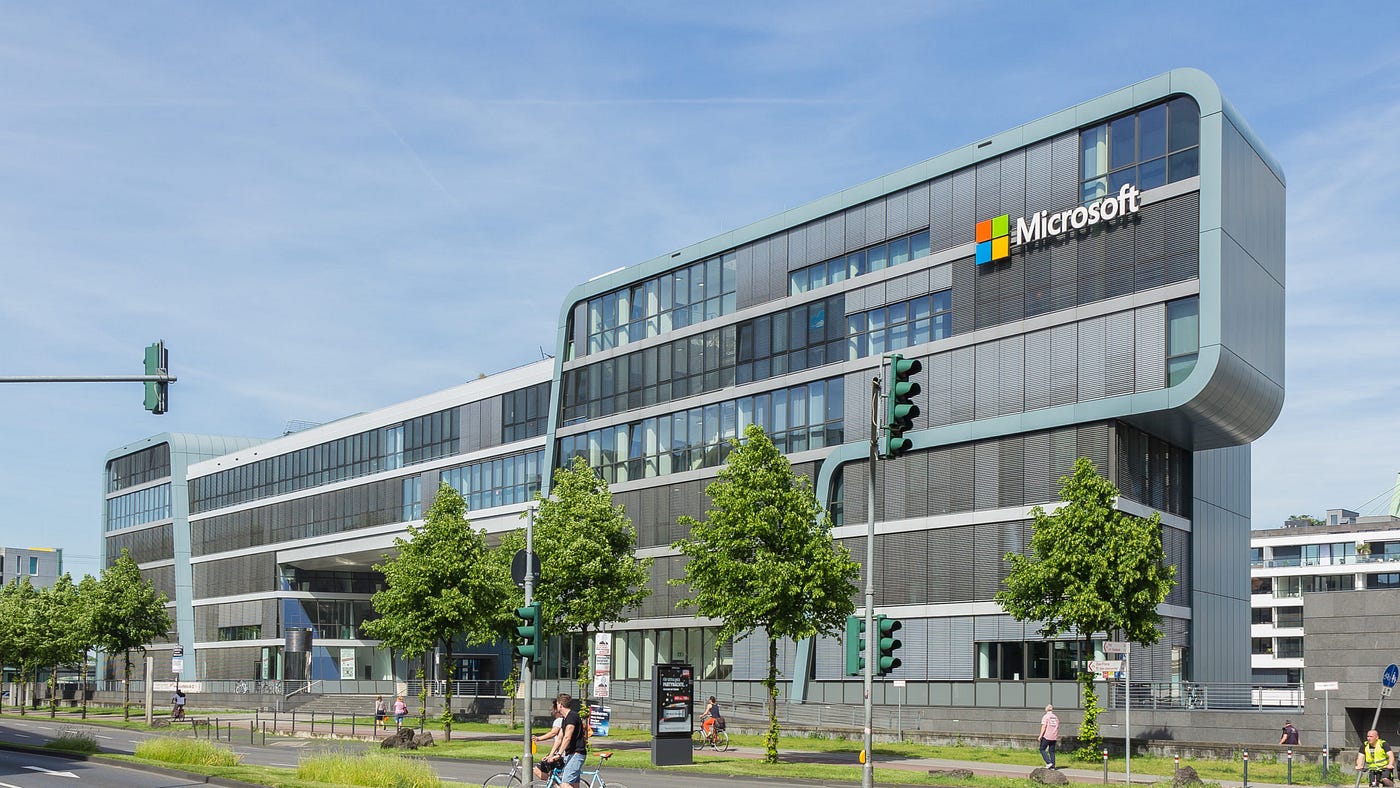Sustainable Living and Green Technology: Building a Greener Future
Introduction
Sustainable living and green technology have become essential topics in today’s world as climate change, resource depletion, and environmental degradation pose increasing threats to our planet. The way we live, consume, and produce directly impacts the Earth’s ecosystems. As a result, individuals, organizations, and governments are adopting sustainable practices and green technologies to mitigate these effects.
This article explores the concept of sustainable living, the role of green technology, its benefits, challenges, and the future outlook for a more sustainable world.
1. Understanding Sustainable Living
1.1 Defining Sustainable Living
Sustainable living refers to making conscious decisions and adopting practices that minimize the negative impact on the environment while promoting ecological balance and conservation. It involves reducing one’s carbon footprint, minimizing waste, conserving resources, and utilizing renewable energy sources.
- Ecological Footprint: The ecological footprint measures the amount of natural resources consumed compared to what the Earth can regenerate. Sustainable living aims to reduce this footprint to achieve balance.
- Living Within Planetary Boundaries: The concept of planetary boundaries outlines limits within which humanity can safely operate to avoid catastrophic environmental change. Sustainable living respects these limits.
1.2 Core Principles of Sustainable Living
- Resource Efficiency: Maximizing the use of resources by reducing consumption, reusing materials, and recycling waste.
- Renewable Energy: Relying on clean, renewable energy sources such as solar, wind, and hydropower to reduce dependence on fossil fuels.
- Waste Reduction: Reducing waste production through mindful consumption, repurposing items, and recycling materials.
- Water Conservation: Adopting practices that reduce water usage and waste, such as rainwater harvesting and efficient irrigation systems.
- Sustainable Food Systems: Supporting local, organic farming practices and reducing food waste.
1.3 The Importance of Sustainable Living
Sustainable living is not just a lifestyle choice; it is a necessity for preserving the environment and ensuring a healthy planet for future generations. As population growth and industrialization put increasing pressure on natural resources, sustainable living helps reduce pollution, conserve biodiversity, and address global challenges like climate change and deforestation.
2. Green Technology: A Key Driver for Sustainability
2.1 What is Green Technology?
Green technology, also known as clean technology or environmental technology, encompasses innovations and practices designed to minimize environmental impact, promote resource conservation, and reduce pollution. It is an essential component of sustainable living, providing tools and solutions to address environmental challenges.
- Renewable Energy Systems: Technologies that harness renewable energy sources, such as solar panels, wind turbines, and hydropower, reduce reliance on fossil fuels.
- Energy Efficiency Technologies: Innovations like LED lighting, smart thermostats, and energy-efficient appliances help reduce energy consumption.
- Waste Management: Green technologies like waste-to-energy plants, recycling facilities, and composting systems address the growing problem of waste management.
- Sustainable Transportation: Electric vehicles (EVs), public transit, and shared mobility platforms promote low-carbon transportation solutions.
2.2 How Green Technology Supports Sustainability
- Reducing Carbon Emissions: Green technologies help reduce greenhouse gas emissions by providing alternatives to carbon-intensive practices.
- Minimizing Waste: Efficient recycling technologies and waste management systems ensure that materials are repurposed, reducing the burden on landfills.
- Conserving Resources: Green technologies optimize resource use, ensuring that energy, water, and raw materials are used efficiently.
- Improving Public Health: By reducing pollution and promoting cleaner alternatives, green technologies help improve air and water quality, leading to better public health outcomes.
3. Key Sectors Driving Sustainable Living and Green Technology
3.1 Energy Sector
The energy sector plays a critical role in sustainable living, with the transition to renewable energy sources being a top priority.
- Solar Energy: Solar panels are one of the most popular green technologies, converting sunlight into electricity without emitting harmful gases.
- Wind Power: Wind turbines generate electricity by harnessing wind energy, providing a clean and abundant energy source.
- Hydropower: Hydroelectric plants use the flow of water to generate power, providing a reliable and renewable source of energy.
- Energy Storage: Advanced battery technologies, such as lithium-ion batteries, enable the storage of renewable energy for use during periods of low generation.
3.2 Transportation Sector
Sustainable transportation technologies are revolutionizing how people move, reducing emissions and promoting efficiency.
- Electric Vehicles (EVs): EVs run on electricity rather than gasoline, reducing carbon emissions and air pollution. Companies like Tesla and Nissan are leading the way in electric vehicle production.
- Public Transportation: Investment in electric buses, trains, and other mass transit systems reduces the number of individual vehicles on the road and cuts emissions.
- Shared Mobility: Ride-sharing platforms and bike-sharing programs promote efficient transportation and reduce the number of cars on the road.
3.3 Construction and Architecture
The construction industry is adopting green technologies to create sustainable buildings that minimize environmental impact.
- Green Building Materials: The use of eco-friendly materials, such as recycled steel, bamboo, and reclaimed wood, helps reduce the environmental impact of construction.
- Energy-Efficient Design: Green buildings incorporate energy-efficient designs, such as insulation, passive solar heating, and high-performance windows, to reduce energy consumption.
- LEED Certification: The Leadership in Energy and Environmental Design (LEED) certification system promotes sustainable building practices and recognizes environmentally responsible structures.
3.4 Agriculture and Food Systems
Sustainable agriculture practices and technologies help address the environmental challenges associated with traditional farming.
- Organic Farming: Organic farming practices avoid the use of harmful pesticides and synthetic fertilizers, promoting healthier ecosystems and soil conservation.
- Vertical Farming: Vertical farming is a technology-driven solution that allows crops to be grown in controlled environments, using less water and land than traditional farming.
- Sustainable Aquaculture: Green technologies in aquaculture promote the responsible farming of fish and seafood, reducing the environmental impact of overfishing and water pollution.
4. Benefits of Sustainable Living and Green Technology
4.1 Environmental Benefits
Sustainable living and green technology have significant environmental benefits, helping to protect ecosystems and combat climate change.
- Reduced Carbon Footprint: By using renewable energy, driving electric vehicles, and adopting energy-efficient practices, individuals and businesses can drastically reduce their carbon emissions.
- Waste Reduction: Sustainable living promotes the reduction, reuse, and recycling of materials, leading to less waste in landfills and oceans.
- Biodiversity Conservation: Sustainable practices, such as organic farming and responsible forestry, help protect biodiversity and preserve ecosystems.
4.2 Economic Benefits
Green technology also presents opportunities for economic growth and development, creating new industries and job opportunities.
- Job Creation: The renewable energy and green technology sectors are rapidly growing, creating jobs in areas such as solar panel installation, electric vehicle manufacturing, and energy-efficient construction.
- Cost Savings: Sustainable living can lead to long-term cost savings through reduced energy bills, lower fuel costs, and more efficient use of resources.
4.3 Social and Health Benefits
Sustainable living and green technologies have a positive impact on public health and well-being.
- Improved Air Quality: Reducing fossil fuel consumption and promoting cleaner alternatives help reduce air pollution, leading to fewer respiratory illnesses and other health problems.
- Sustainable Communities: Sustainable urban planning and green infrastructure create more livable, resilient communities that promote health, safety, and well-being.
5. Challenges to Sustainable Living and Green Technology Adoption
5.1 High Initial Costs
One of the primary barriers to adopting green technologies is the high upfront cost. Solar panels, electric vehicles, and energy-efficient appliances can be expensive, deterring many individuals and businesses from making the switch.
- Financial Incentives: Governments are offering subsidies, tax breaks, and grants to make green technology more affordable, but further support is needed to reduce initial investment costs.
5.2 Lack of Awareness and Education
Many people are still unaware of the benefits of sustainable living or do not fully understand how to adopt green technologies. Education and awareness campaigns are essential to promote sustainable practices and technologies.
- Community Engagement: Grassroots movements, community programs, and environmental NGOs can play a key role in raising awareness and educating the public about sustainable living.
5.3 Infrastructure and Policy Barriers
Existing infrastructure is often not equipped to support green technologies. For example, the lack of widespread electric vehicle charging stations and renewable energy grids can hinder the adoption of green technologies.
- Government Policy and Regulation: Governments need to invest in green infrastructure, develop supportive policies, and incentivize businesses to adopt sustainable practices.
6. The Future of Sustainable Living and Green Technology
6.1 Emerging Green Technologies
Several innovative green technologies are emerging that promise to revolutionize how we live sustainably.
- Hydrogen Fuel Cells: Hydrogen fuel cells offer a zero-emission alternative to traditional fuels, with the potential to power vehicles, homes, and industries.
- Carbon Capture: Technologies that capture and store carbon emissions from industrial processes are being developed to help reduce global carbon footprints.
- Biofuels: Biofuels derived from organic materials, such as algae and plant waste, offer a renewable alternative to fossil fuels.
6.2 The Circular Economy
The concept of a circular economy is gaining traction as a sustainable alternative to the traditional linear economy, which is based on a “take, make, dispose” model.
- Recycling and Reuse: In a circular economy, products are designed for durability, repairability, and recyclability, reducing waste and resource consumption.
- Product-as-a-Service: Businesses are adopting “product-as-a-service” models, where consumers lease or rent products, ensuring that materials are reused and recycled at the end of their lifecycle.
6.3 Sustainable Urbanization
As the global population continues to urbanize, cities will play a critical role in the future of sustainable living. Smart cities, powered by green technology, can reduce environmental impact and improve quality of life.
- Green Buildings: Smart cities will feature energy-efficient, eco-friendly buildings designed to minimize resource use and reduce carbon emissions.
- Sustainable Transport Networks: Cities of the future will have integrated public transport networks, promoting electric vehicles, biking, and walking to reduce congestion and pollution.
6.4 Global Collaboration
Achieving a sustainable future requires global collaboration between governments, businesses, and individuals. International agreements, such as the Paris Climate Agreement, set the stage for collective action on climate change and sustainability.
- Public-Private Partnerships: Collaboration between public and private sectors will be essential in funding green technologies and creating regulatory frameworks that support sustainability.
- Global Environmental Goals: Continued progress toward global sustainability goals, such as the United Nations’ Sustainable Development Goals (SDGs), will guide the transition to a more sustainable world.
Conclusion
Sustainable living and green technology are not just trends; they are essential for the survival and well-being of future generations. By adopting sustainable practices and investing in green technologies, we can reduce our environmental impact, conserve natural resources, and combat climate change. Although challenges remain, the future of sustainable living is bright, driven by innovation, collaboration, and a shared commitment to building a greener world.
From renewable energy and sustainable transportation to eco-friendly agriculture and smart cities, the potential of green technology to transform the way we live is vast. As individuals, businesses, and governments work together to promote sustainability, the vision of a greener, more equitable, and prosperous future becomes increasingly attainable.










